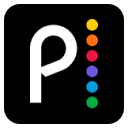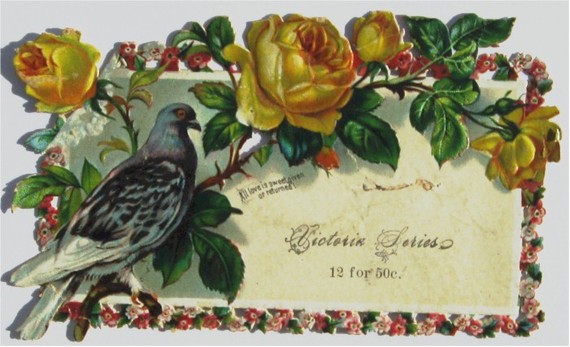I gather a group of my friends for a holiday outing at the local bagel shop in my hometown while visiting.

We all lament our memory loss.
What was the name of that book I just read?
Binged watched a great series. Highly recommend it. Can't remember the title.
Walked downstairs and then couldn't for the life of me recall why.
How can we make things easier on ourselves?
The newest thing: calling cards for boomers - so we can at least remember who we have seen (and in more extreme cases, who we are). They can be simply designed or festooned with intricate details. What they share in common is contact information: our name, email, phone and home address - all prominently displayed to accommodate our growing near-sightedness. And a blank backside provides us with ample room to jot down pertinent information on that particular person whose card we have just collected - information that we need to remember.
We all earnestly discuss adding a recent picture of ourselves to our own cards too - just in case we forget what each other looks like. Or what we, ourselves, look like too.
All agree that is a good idea.
Here's a few I collected that day at the bagel shop, including my own and my mom's:
Calling cards are nothing new. Think back to a time of genteel manners and formal socializing. Calling cards were a social custom which began in France and spread to the United States, gaining vast popularity from 1840-1900. It was an essential accouterment to developing friendships, especially among the well-to-do. Calling cards were left at each person's home, on a silver or silver-plated tray, set out on an entry table.
Richly ornamented. Adorned with custom calligraphy. Sporting vivid colors. Name prominently displayed or hidden under a flap.
- A folded top left corner meant the visitor had come in person.
- A folded bottom left corner meant farewell.
- A folded top right meant congratulations.
- A folded bottom right corner meant condolence.
I guess in some ways the variety of messages represented by the folds was the forerunner of the emoticons that we delight in using today. Or the apps that are constantly emerging to meet our every need - like the one I just read about that actually breaks up a relationship FOR you.
Gotta go. My newest batch of calling cards is waiting at the printer. This time with my picture.
Before you click away:
What's your personal method for remembering things you don't want to forget?
And how do you keep track of what you told to whom? My kids and husband are sick of hearing the same stories over and over again from me. Please enlighten.
Fire away with your comments. Be part of the conversation.
Earlier on Huff/Post50:
Related
Sign up for Peacock to stream NBCU shows.
to stream NBCU shows.


